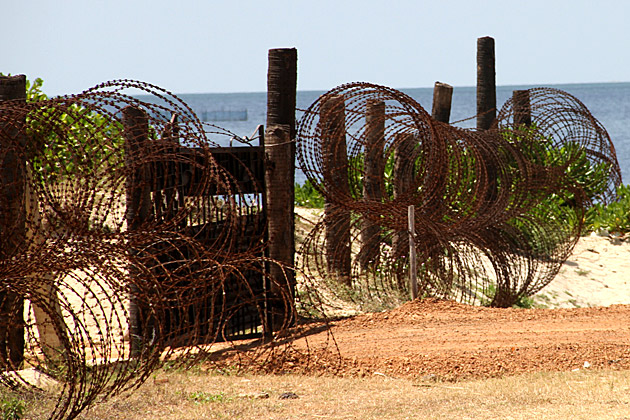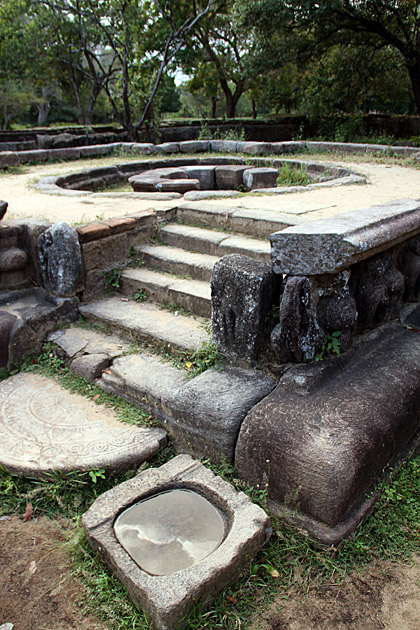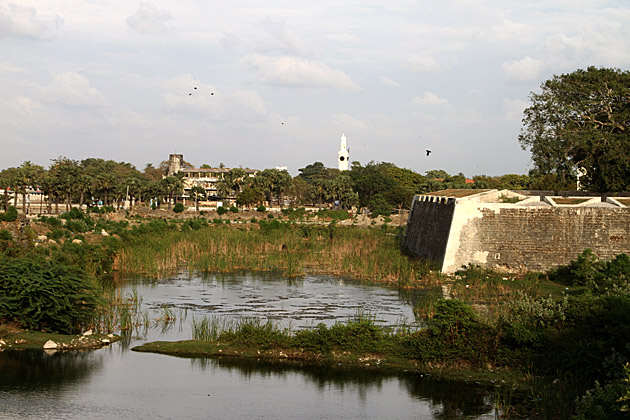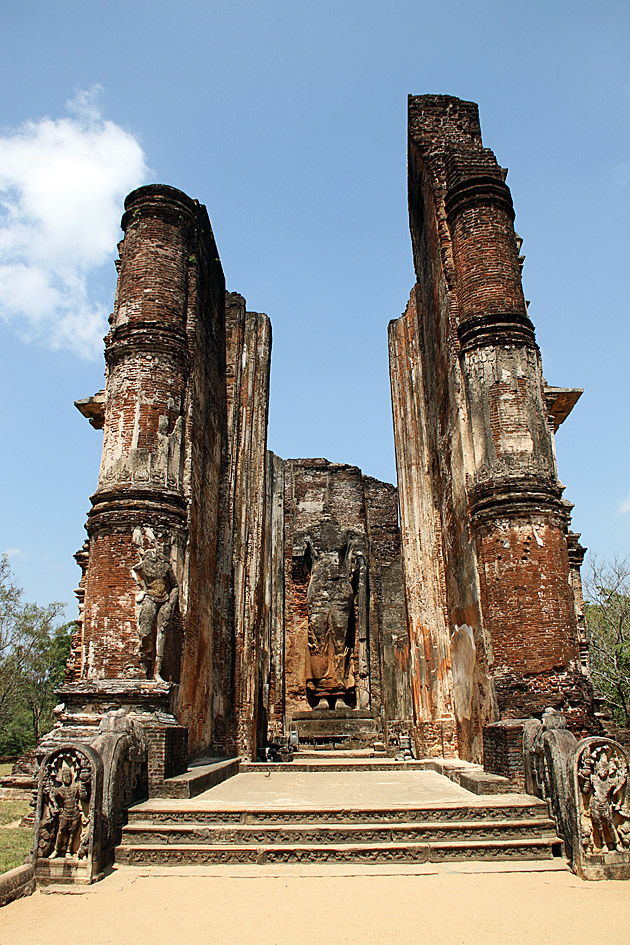The Sri Lankan Civil War
Between 1983 and 2009, a brutal civil war threatened to tear Sri Lanka apart at the seams. Waged primarily between the island’s Sinhalese majority government and the Liberation Tigers of Tamil Eelam (LTTE), the conflict claimed over 100,000 lives. The war only came to an end when the army killed the LTTE’s charismatic leader Velupillai Prabhakaran, after a bloody campaign in the north.
As might be imagined, tensions are still high on the island. It will take decades for the wounds of war to heal and, even if peace proves sustainable, there will always be scars. Just look at the USA, where the ghosts of our Civil War remain discernible. For now, though, it’s enough for most Sri Lankans that the guns have been laid to the side.

Although no one is eager to discuss the war with us, and we’re careful to never bring it up, not a day goes by when it’s not referenced in some oblique way. “You like Sri Lanka?” someone will ask us. “Is very peaceful, yes? Now is peace”. Or, we’ll pass another heavily-guarded checkpoint. Or see some awful relic of the war, such as a sign warning about landmines, or a makeshift museum dedicated to a particularly brutal bomb blast. There’s no escaping the legacy of the war, and on any trip to Sri Lanka, its presence will be (and should be) ever-present.
We’re not going to wade into the murky waters of the war’s origins. Suffice to say that there have always been tensions between the island’s different ethnic groups. The feelings of distrust were mostly held in check when the island was administered by the British, but came to the fore in the years following independence. The war officially began after a 1983 pogrom, known as Black July, during which Sinhalese mobs killed thousands of Tamil civilians. The pogrom itself was in retaliation for a deadly ambush by the Tigers, which was in retaliation for something else — and so on, and so on; the blame game could (and does) go back centuries.
The main goal of the LTTE was an independent state for Sri Lanka’s Tamil population, in the north and east of Sri Lanka. A guerrilla organization, the LTTE’s fighting techniques included suicide bomb attacks, often in heavily populated or religiously significant places, like Colombo’s Fort or Kandy’s Temple of the Tooth. Government responses were brutal and indiscriminate, and the attacks by both sides only encouraged more ruthlessness and anger in the other.
The war was a tragedy for Sri Lankans of all stripes, and during our time here, we’ve found it hard to believe that such a conflict was even possible. The Sri Lankans we’ve met — Tamil, Sinhalese, Muslim, Buddhist, Christian, Hindu, Rich, Poor — have been almost entirely wonderful, happy and friendly people. We can only hope that the peace, though fragile as ever, endures. Sri Lanka is a beautiful country whose diverse population only enriches it, and it deserves better.
We all do.
–Don’t travel without INSURANCE



Very nice piece. It’s the post I’ve been waiting to read. I guess no people like to talk about their wars. It would be fascinating though to hear what the various groups have to say.
Guys I’m glad you are seeing for what the north for what is. The conditions were much worse during the past couple of years. Now things are getting better, construction and development is moving from south to north, which is a good thing. Its hard for western countries to realize and take in all this, it is hard for us in the diaspora and folks back home as well. But one thing we are all happy about is that the guns are silent and no one is dying. I’m very happy to see your assessment of the war without take a side or judging one over another. The barbed wires wont be there forever, they will eventually get burred into the sand.